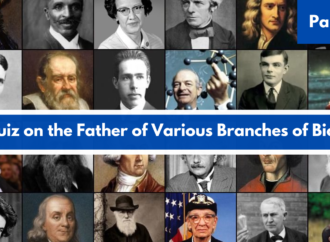As planned, the third Reusable Launch Vehicle (RLV) Landing Experiment (LEX) by the Indian Space Research Organization (ISRO) went well on June 23 at the Aeronautical Test Range (ATR) in Chitradurga, Karnataka. NASA made a big step forward with this. This project will change how people go to space and where satellites are put as part of a bigger effort to make a spacecraft that can be used more than once.
Situation and Goal
The test used a car with wings called “Pushpak,” which was dropped from 4.5 km in the air by an Indian Air Force Chinook helicopter. The car then landed perfectly in the middle of the runway, even though the conditions were rougher than in earlier tests. Let’s call this test LEX-03. Its purpose was to show that ISRO can still do landings on its own even when things are harder, like when there is a lot of cross-range and strong winds.
Technical Achievements and High Points
Important steps forward in airplane technology were shown during the test, such as
- Landing and self-navigation: Pushpak did cross-range correction moves from a launch site 4.5 km away, showing that its guidance, navigation, and control systems were better.
High-Speed Landing: The car came down at over 320 km/h, which is a lot faster than an airplane. This is an example of how hard it is to make spaceships that are both efficient and strong.
Advanced Integration of Sensors: The fact that inertial sensors, radar altimeters, and the NavIC could all work together to allow precise tracking and landing shows how advanced THE ISRO’s space technology is.
Vehicle Recovery and Reusability: The vehicle was able to stop well after landing thanks to its brake parachute and landing gear brakes, which is important for reusability. Notably, the body with wings and flying systems from the last LEX-02 flight were used without any changes. This proves that the launch vehicle parts are strong and can be used again.

















